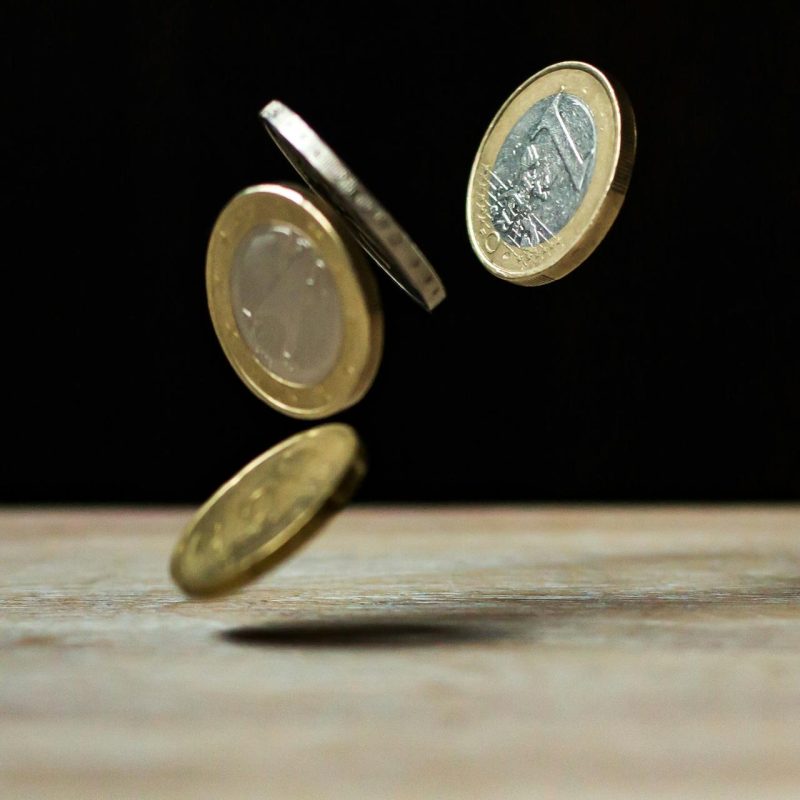From Eisenhower dollars to the Presidential $1 series, US dollar coins carry stories that paper money — and even digital balances — can’t fully replace. Here’s why collectors and everyday Americans still care.
Cash apps, contactless cards, and online banking make it easy to forget that US coins exist at all. But if you open an old drawer, a small tin, or your grandparents’ jewelry box, you’ll often find the heaviest storytellers in American money: dollar coins.
From everyday money to mini history lessons
For most US readers today, dollar coins are something you receive from a vending machine or from a bank, not something you carry every day. Yet every coin design — especially the larger dollar coins — captures a specific moment in American history.
The classic Eisenhower dollar of the 1970s, the Morgan and Peace dollars in silver, and the more recent Presidential $1 series all tell you:
- Which leaders were being honored at that time
- What symbols felt important to the US Mint
- How technology for minting and engraving improved over the decades
Why dollar coins work differently from paper money
A one-dollar bill is thin, wears out fast, and is easy to ignore. A one-dollar coin, on the other hand, has weight. You feel it in your pocket, you hear it when it hits a table, and you notice the design every time you flip it over.
1. Durability and lifetime value
Paper notes tend to last only a few years in circulation before they’re shredded and replaced. Dollar coins can circulate for decades. That’s part of the reason some collectors like modern dollar coins:
- They’re tougher, especially in everyday use like laundromats and transit systems
- They can be stored in rolls or tubes with less risk of damage
- Uncirculated examples stay nice-looking for a very long time
2. A natural “upgrade path” for new collectors
For beginners, dollar coins are a simple step up from collecting quarters or pennies. They’re large, easy to hold, and often have limited-run designs, which makes them feel “special” without being extremely expensive.
Key US dollar coin types you’ll hear about
You don’t need to know every date and mint mark to understand US dollar coins. Just being familiar with the main types can help you feel more confident when you see them in person or online:
- Morgan Dollar (1878–1921) – Classic silver dollar with Lady Liberty and an eagle.
- Peace Dollar (1921–1935) – Post-World War I design celebrating peace.
- Eisenhower Dollar (1971–1978) – Large modern dollar honoring President Eisenhower.
- Susan B. Anthony Dollar (1979–1981, 1999) – Smaller-size dollar with an 11-sided design.
- Sacagawea / Native American Dollar (2000–present) – Golden-color dollar with rotating reverse designs.
- Presidential $1 Series (2007–2016) – Honoring US presidents in order of service.
Most of these modern issues are still affordable in circulated condition. That’s one reason dollar coins continue to matter: they’re a way for normal US readers — not just high-end investors — to own real, historical objects.
Where dollar coins still quietly matter in everyday life
Even if you almost never see dollar coins at your local supermarket, they still play a role in certain parts of American life:
- Transit systems and ticket machines – Some older machines still accept or dispense dollar coins.
- Laundromats and vending machines – In some areas, dollar coins are more reliable than crumpled bills.
- Tips and small gifts – A shiny dollar coin in a card or stocking feels more memorable than a paper bill.
- Bank promotions and kids’ savings programs – Many US banks use dollar coins in educational programs.
These “niche” uses won’t replace contactless payments, but they help keep dollar coins in circulation — and in people’s memories.
How to start a simple US dollar coin collection
If this is your first time thinking seriously about US dollar coins, you don’t have to spend a fortune. Here’s a basic, US-friendly approach:
Step 1: Pick one main series
For most beginners, that means choosing either the Presidential $1 series or the Sacagawea / Native American dollar series. Both have modern designs and are easy to find in uncirculated rolls or small lots online.
Step 2: Decide on your “goal set”
You can define a simple collecting goal like:
- “One example of each design” (cheap and fun)
- “Every design from my birth year onward”
- “Just the presidents I like, in nice uncirculated condition”
Step 3: Store them safely
For US readers building a small collection at home, consider:
- 2×2 cardboard flips with clear windows
- A simple plastic box or album designed for dollar-size coins
- Keeping them away from humidity, heat, and direct sunlight
The real reason dollar coins still matter
In a screen-first, cashless world, US dollar coins are physical proof that money is more than just numbers on an app. Each coin has weight, sound, and art. It can be handed from grandparent to grandchild, discovered in an old box, or pulled from change at a small town diner.
For collectors, the value is part financial and part emotional. For everyday Americans, dollar coins are a reminder that the story of US money isn’t finished yet — it’s still being minted, one design at a time.

Leave a Reply